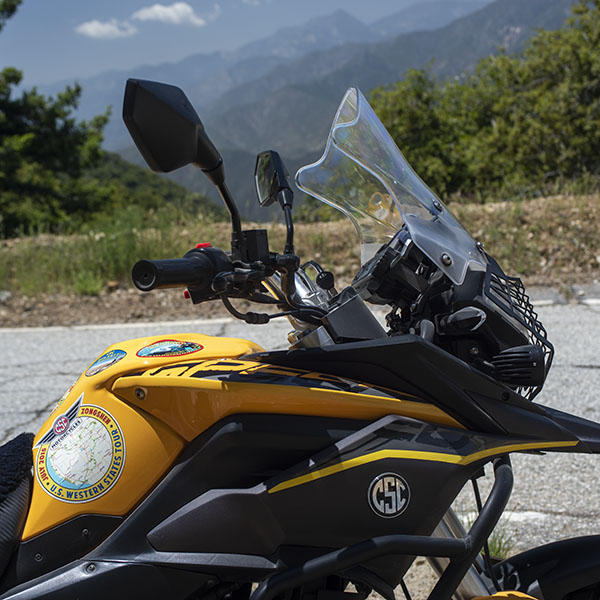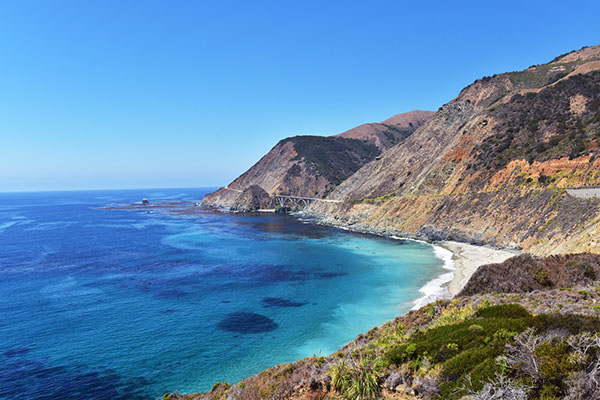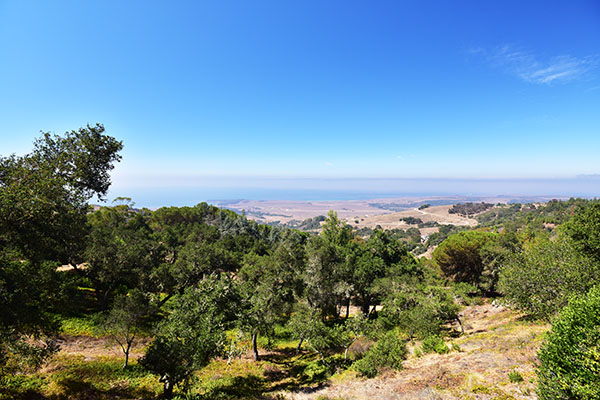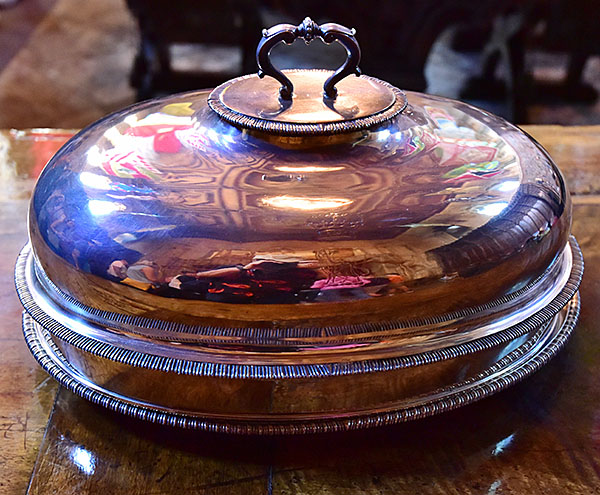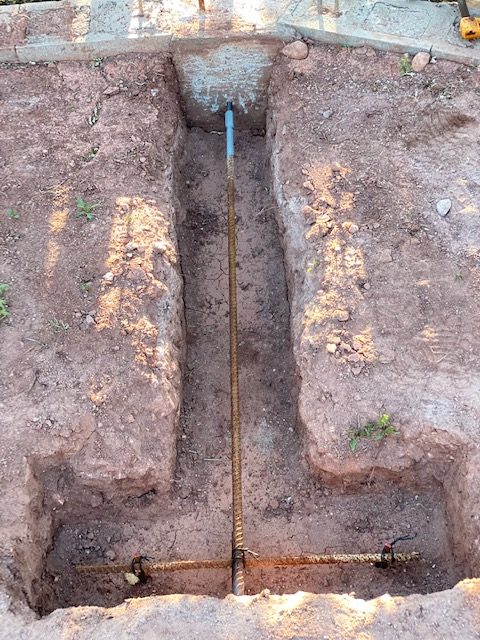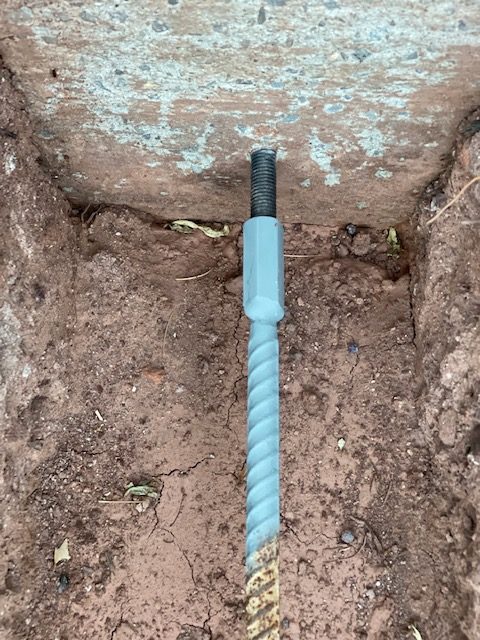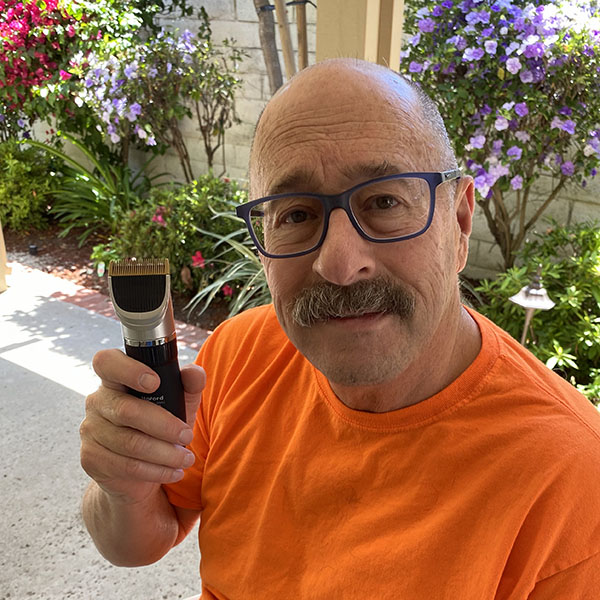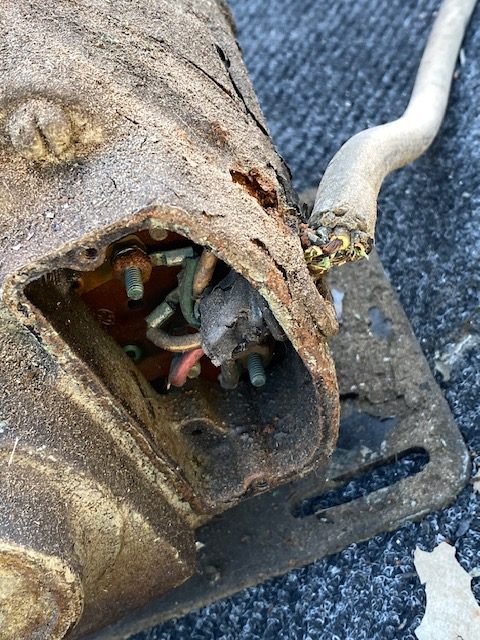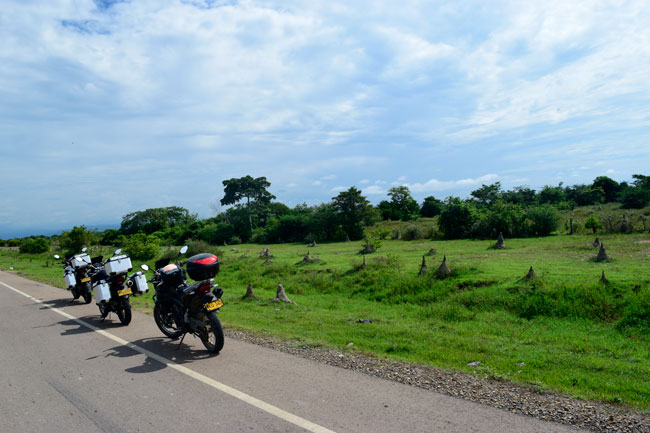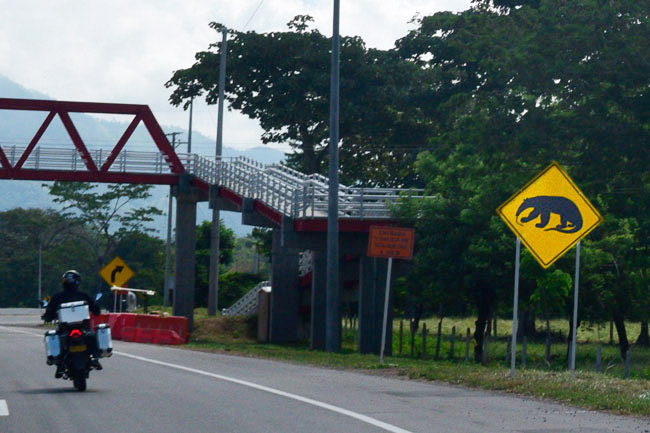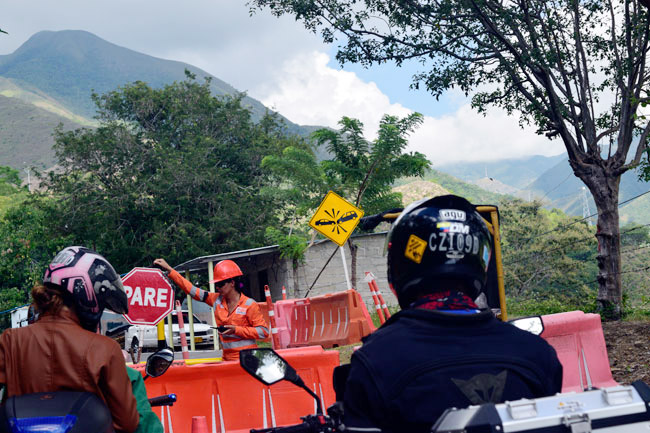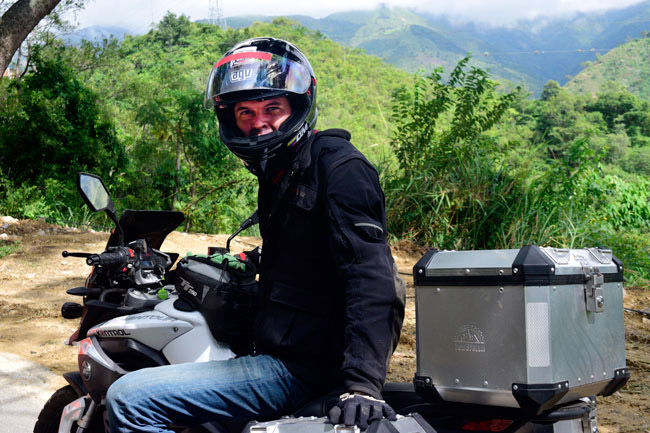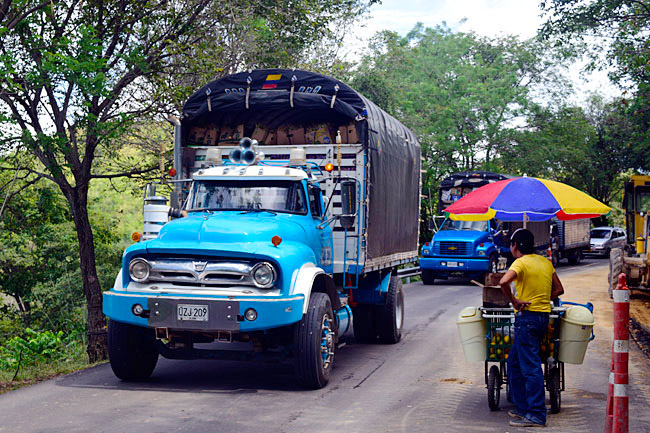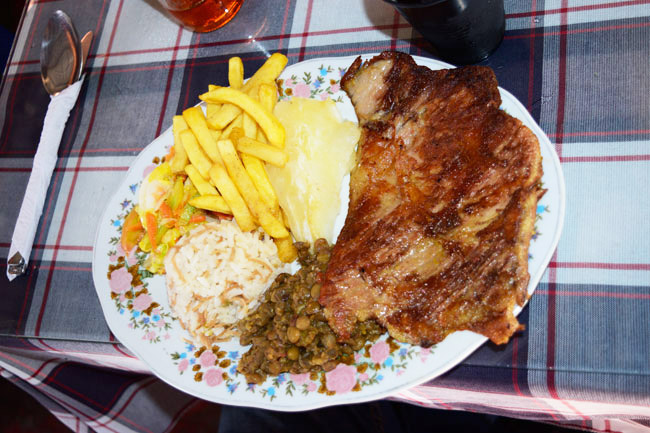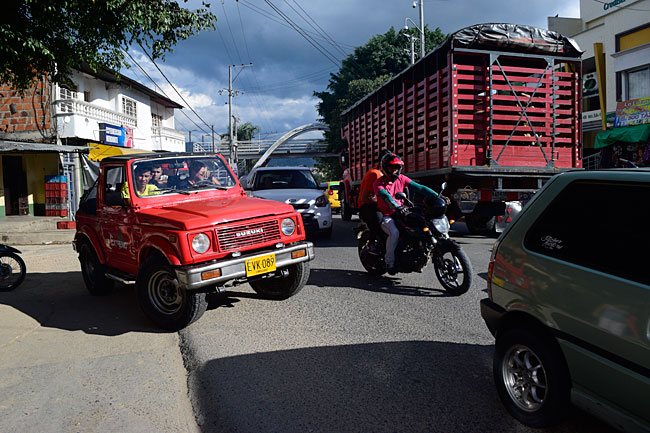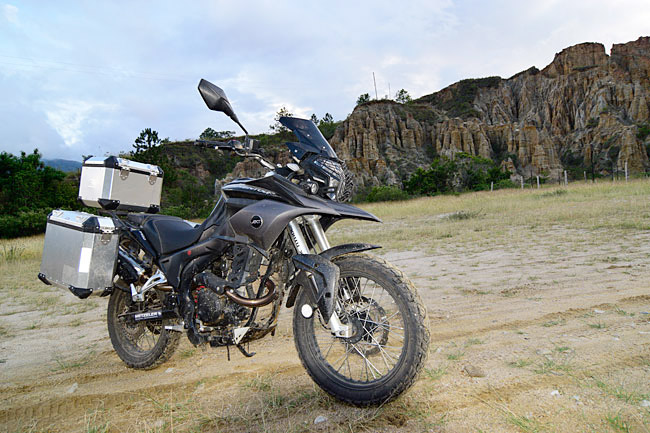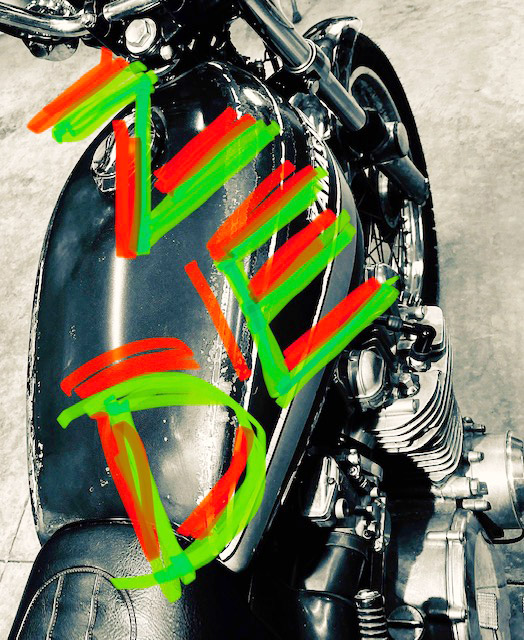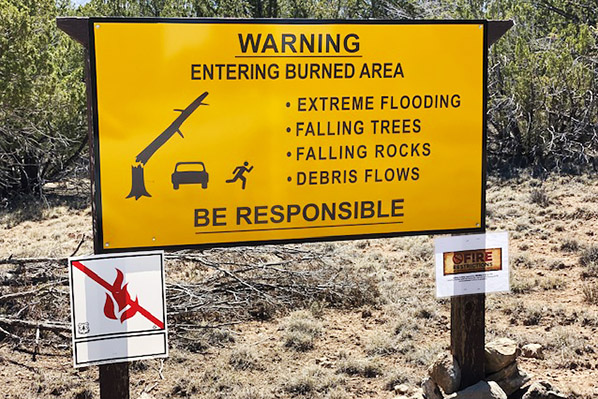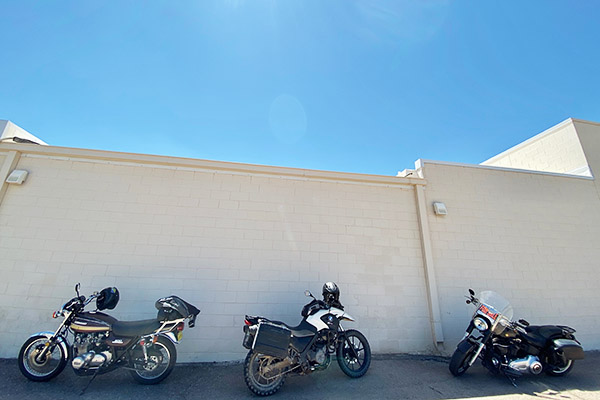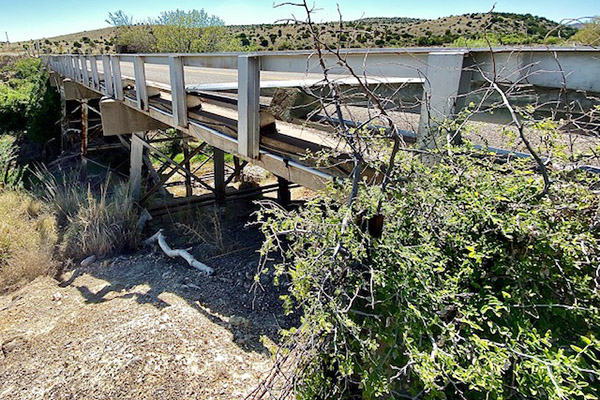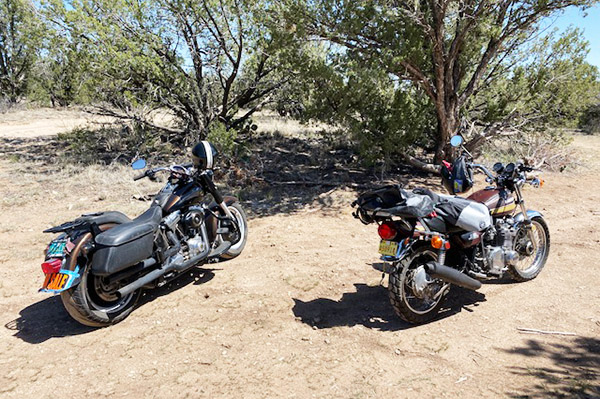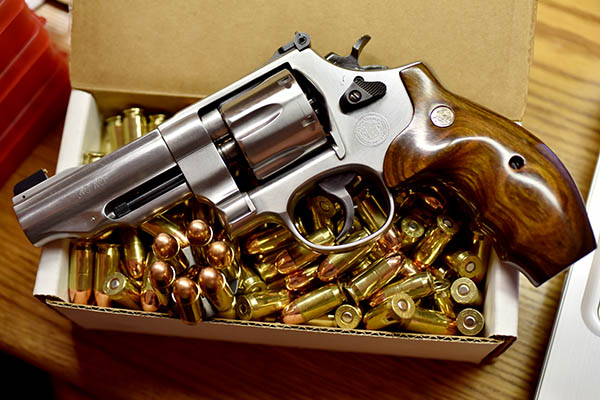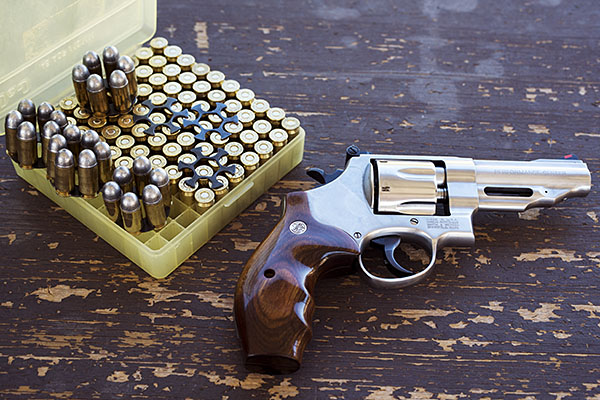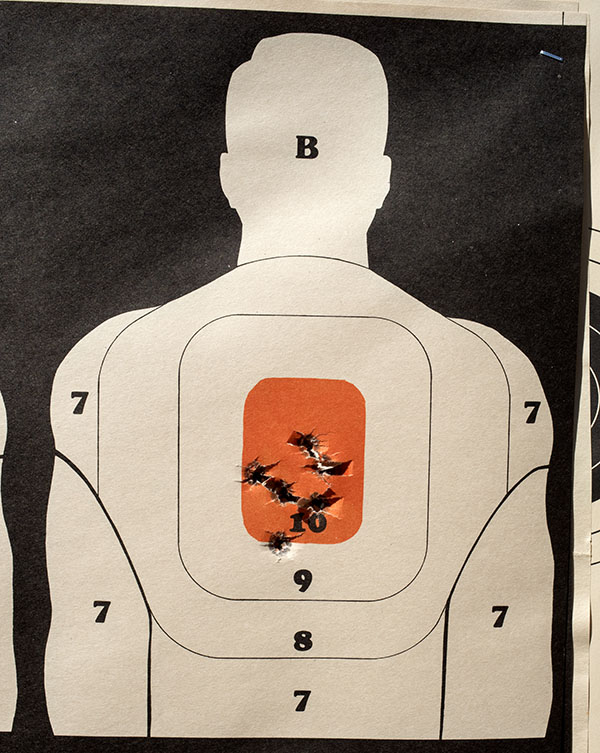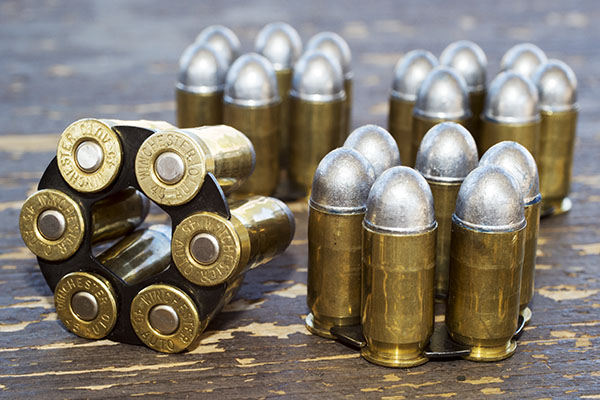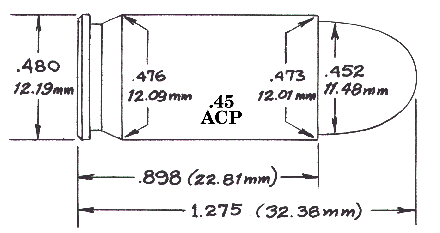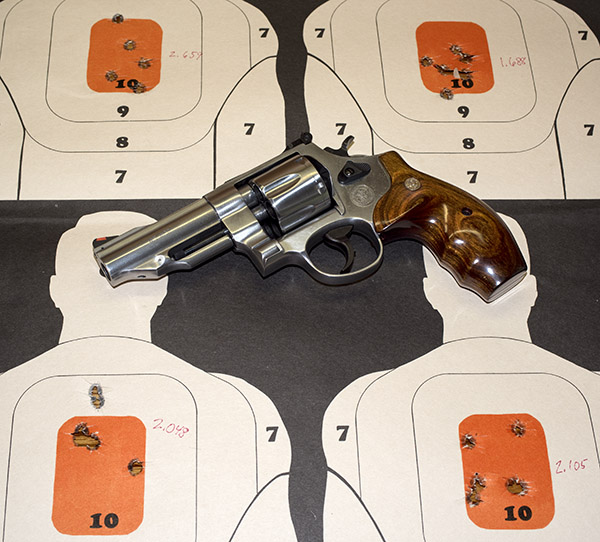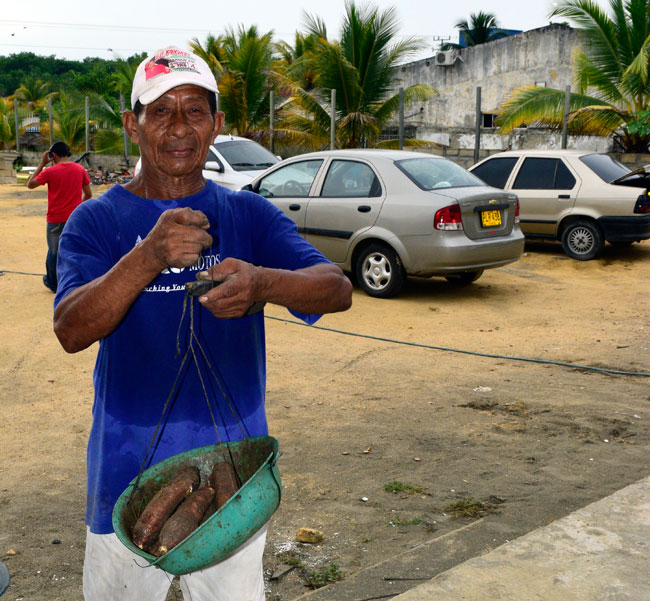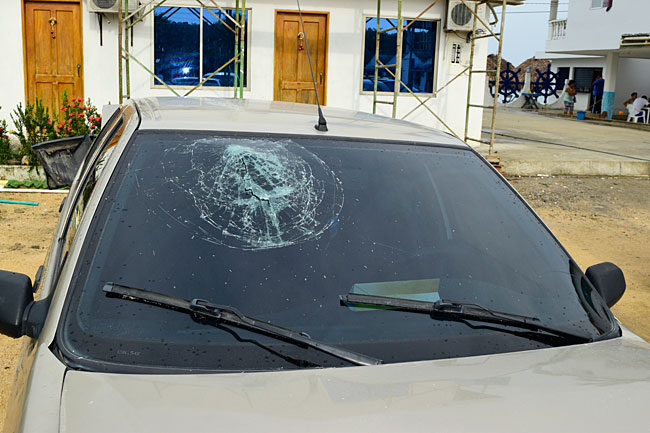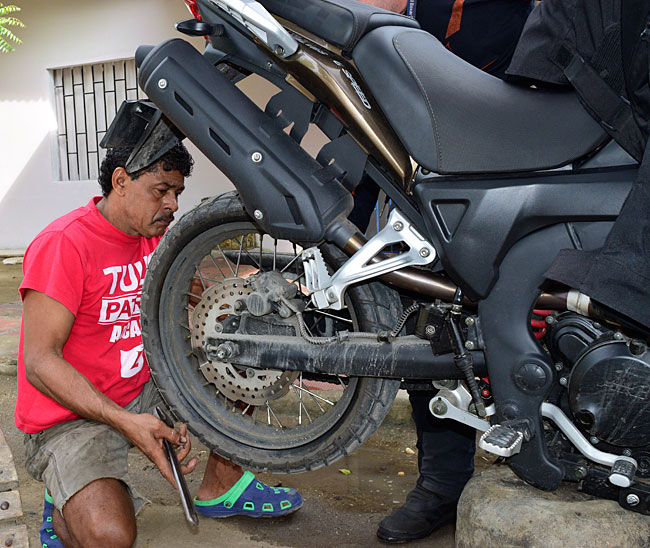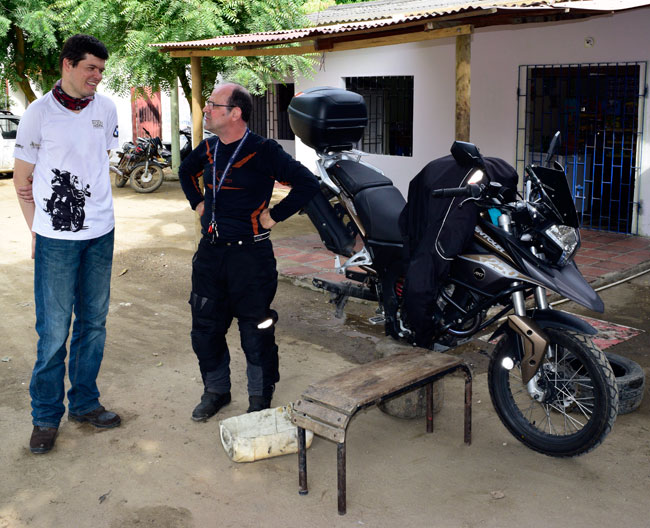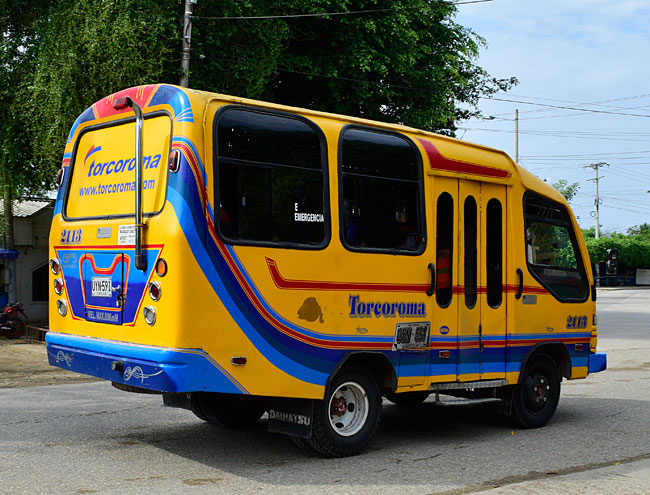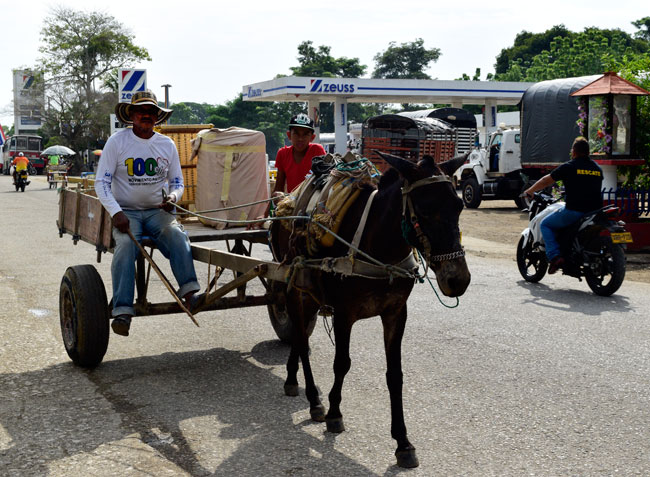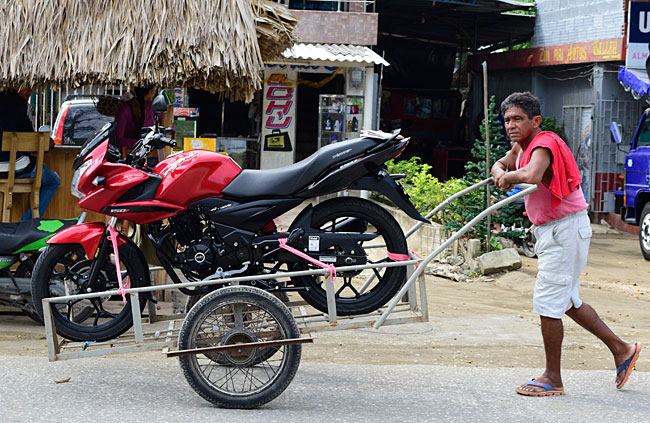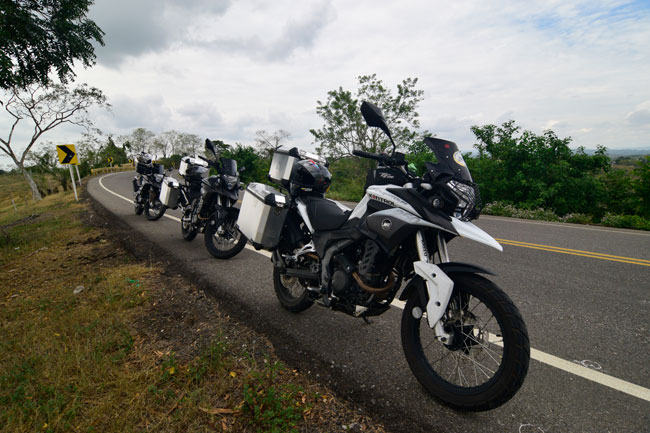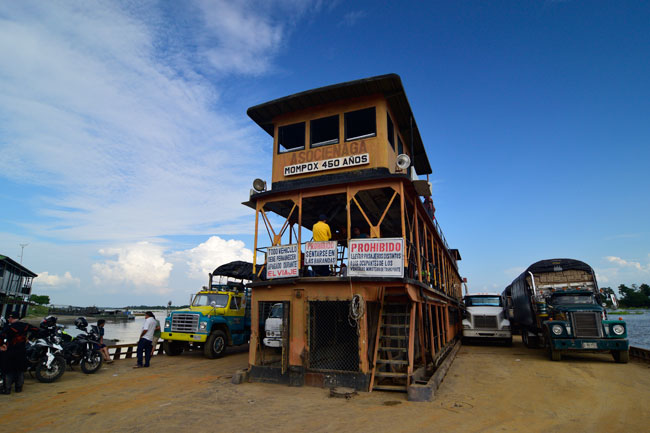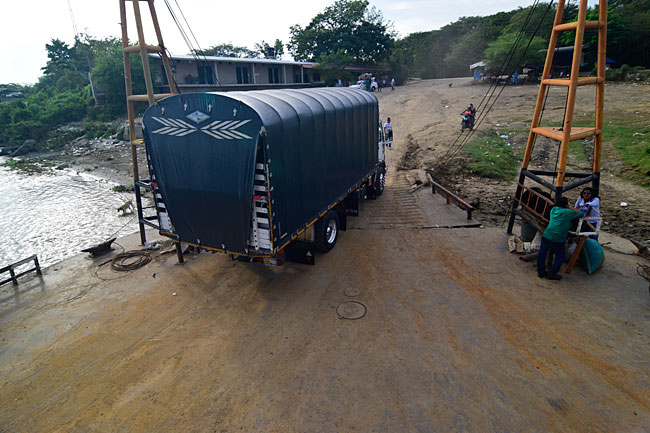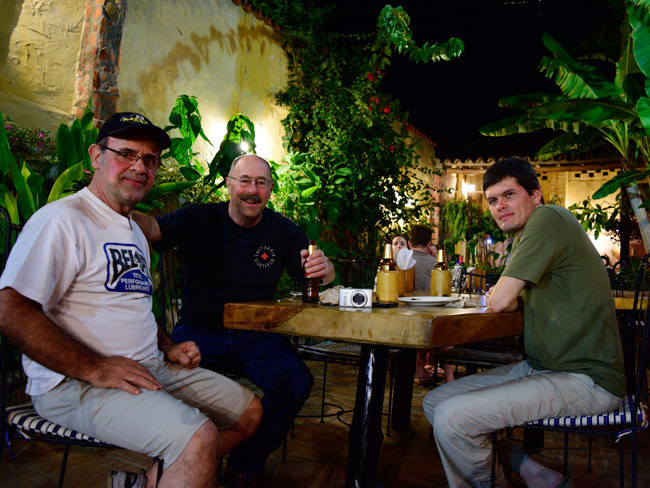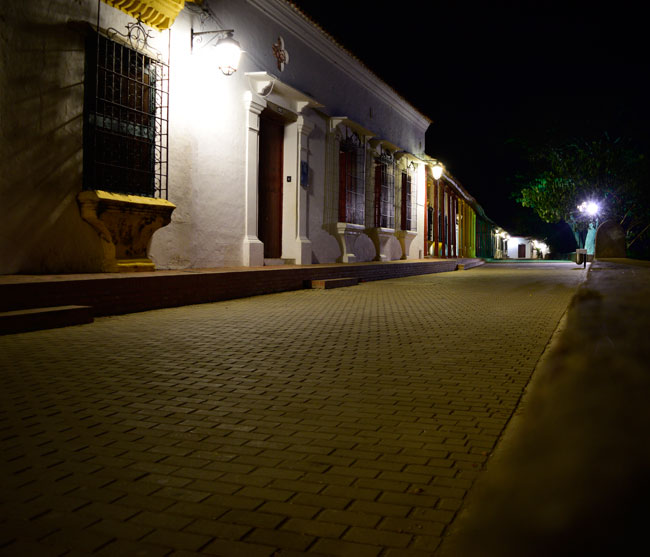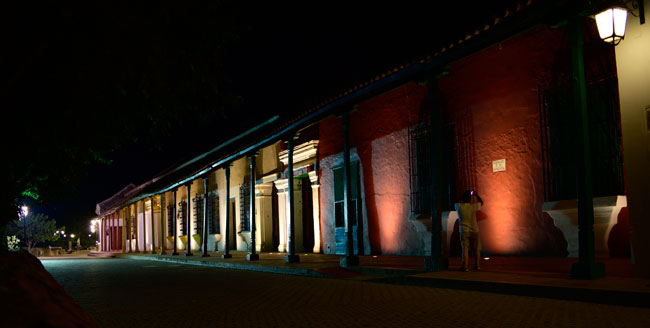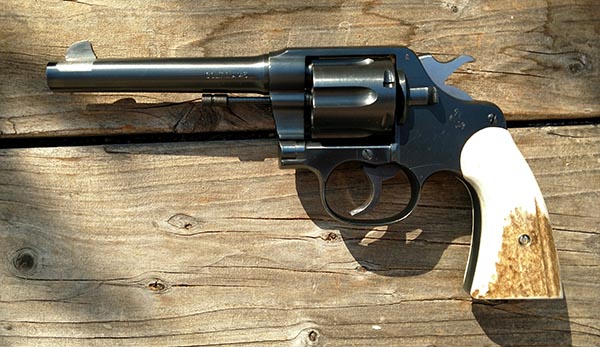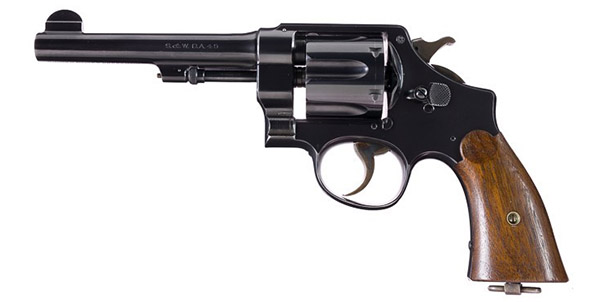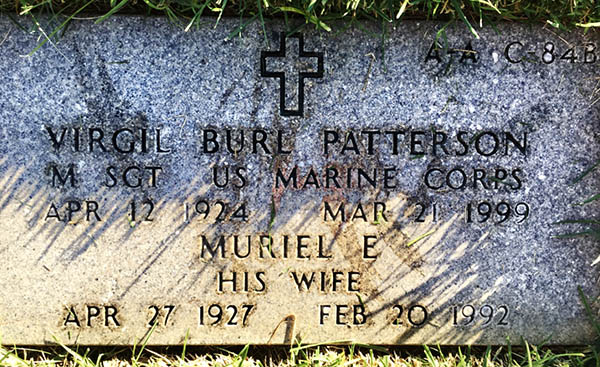
Once upon a time I wanted to be a boat mechanic. When I met Virgil B. Patterson I got the chance. Everyone called him Virgil B. The Patterson part rarely came up. I met him at Admiralty Marine down on Shelter Island in San Diego where I had been hired to install bonding systems in boats.
Bonding entails electrically connecting all the underwater metal components of a boat. Stuff like rudders, props and shafts, thru-hull fittings for water intakes or transducers for electronics. These components may be bronze, stainless steel or any amalgam of metals the manufacturer used when they built the part but they are never pure anything. Bonding connects these blended combinations of atoms to a zinc or magnesium sacrificial anode. If you dip the whole mess into salt water you have a nice .75-volt battery. The zinc, being a less noble metal would slowly lose mass as a slight electrical current passed between the zinc and all the rest of the metals. By sacrificing itself the zinc protected any more-noble metals in the circuit .
There’s a lot more to bonding but the rest of it was just as boring as that last paragraph. At first I liked the job. I crawled around boats connecting things with one long, continuous piece of #10 gauge solid copper wire. We used one piece of wire to eliminate the possibility of a bad connection at one fitting causing a disconnect down the line. The wire looped back to the beginning, forming a circle so that if the bonding was cut once everything was still protected. The last thing you want is a bunch of dissimilar metals electrically connected without a chunk of zinc in the circuit. It would be better to leave the boat un-bonded and let each part corrode at its own metallurgical pace.
My initial enthusiasm waned. Bonding became a tedious and thankless task. I could work on a boat for 60 hours and it would look exactly the same as when I started. Nothing on the boat worked better or, for that matter, worse. Unless something goes very wrong electrolysis is a slow process. It took months or even years to see if you actually accomplished anything electrolysis-wise. The worst of it was that it always seemed like the customer didn’t really know why you were there.
When I wasn’t bonding boats Virgil B. would take me along on engine or transmission jobs. Virgil B. was a Marine and tough as nails but he was getting on in years and he needed a young back to help with the heavy stuff. My job was to lift the heavy stuff, carry his toolbox down the docks, run to get parts and drive him home at night after we got hammered on Mickey’s Big Mouth malt liquor. Mickey’s were unique in that they came in little green-glass hand grenades. We loved the things.
Getting hammered on Mickey’s Big Mouth malt liquor was our way of winding down after a hard day’s work. We put in a lot of time at Admiralty Marine. It was a busy shop. 60-hour weeks were normal. One week I clocked 90 hours. I was making $3.25 an hour so I needed all the time I could get. It was 6 or 7 pm when we quit and drove to the store for some Mickey’s. Virgil B. drove a 1973 Ford Ranchero Squire. The one with wood trim. At that time it was a fairly new car.
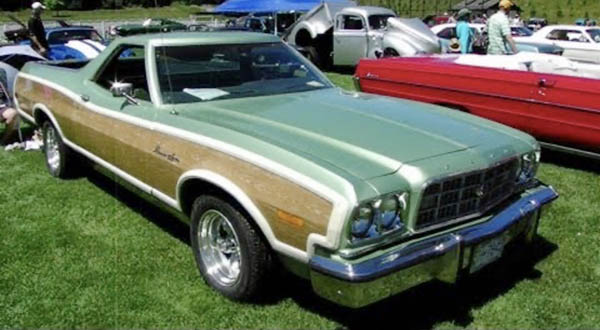
Some nights, and I never figured out why, Virgil B. wanted me to drive his car home and drop him off, then I would go to my house to sleep and pick him up in the morning. He was no more hammered than I but who knows? I tell you what, that Ranchero hood looked about 70 feet long after 4 malt liquors.
Virgil B. taught me to be the end of the line. The buck stopped with us: If we couldn’t fix the problem then we damn sure figured out how to fix it. There was no quit in Virgil B. and we never failed. The man was relentless. Lowering a 200-pound Paragon transmission (with a reduction gear!) deep into the bowels of a sail boat while Virgil B. held my legs to keep me from sliding into the hole gave me the confidence to complete any task. I was taught that there is no one else coming along and that the job was all on me, on us.
I got real busy with bonding systems so Admiralty Marine hired a full-time helper for Virgil B. He was a young Marine fresh out of the military. I’ll call him Eric because he resembled Eric Estrada. The son-of-a-bitch looked like a movie star. Virgil B. picked Eric from the other applicants because he was big, strong, a Marine and he was beautiful.
Virgil glowed with the pride of ownership. Standing Eric next to me was comical: Eric towered 6-feet 3-inches, I was 5-foot 7-inches. It was like Pee Wee Herman next to Charles Atlas. Eric was well into the lower 200-pound range. I had long, scraggly hair and weighed about 130 pounds.
But the pride of ownership soon faded. Eric and Virgil B. were sent out on jobs and kept coming back with problems. This wouldn’t come loose or that was heavy. Even simple things stalled Eric. He was just lazy, was the problem. Virgil B. took me aside one day and said “I don’t know what happened to the Marine Corps but Eric wouldn’t have been a Marine in my day.”
The final straw was a diesel Ford Lehman cylinder head Eric was to bring in for a valve job. The Lehman is a mid-sized diesel and the head is one big ass chunk of iron covering 6 cylinders. Eric came back to the shop empty handed and told Virgil B. that it was stuck. The frustration welled up and in disgust Virgil B. turned to me and said, “Joe, go get that god-damn cylinder head.”
There was no way in hell I was going to let Virgil B. down. I would have died if that’s what it took. The buck stopped with me. I broke ratchets and sockets. In the cramped engine room I strained lifting the cylinder head off the block and carrying it up from the engine room, down the docks and into the truck. It really should have been a two-man job but I brought Virgil B. that Lehman cylinder head. At the shop I dropped the pickup’s tailgate revealing the cylinder head. The look Virgil B. gave Eric was worth every single BTU of energy I had expended. If couldn’t be pretty or tall at least I could be relentless like Virgil B.
Eric was fired. I overheard Virgil B. telling Admiralty’s owner “He just doesn’t have it.” After the Eric debacle, Virgil B. took me along for all the hard jobs. The jobs that nobody wanted to do. We drank malt liquor and worked late. We rebuilt Perkins and Chevys, Toroflows and Atomic-4s. It was a wonderful time in my life and the methodical trouble-shooting lessons I learned from Virgil B. have served me well. But the most important lessons Virgil B. taught me were that if I never quit I can never fail and that the buck stops here.

